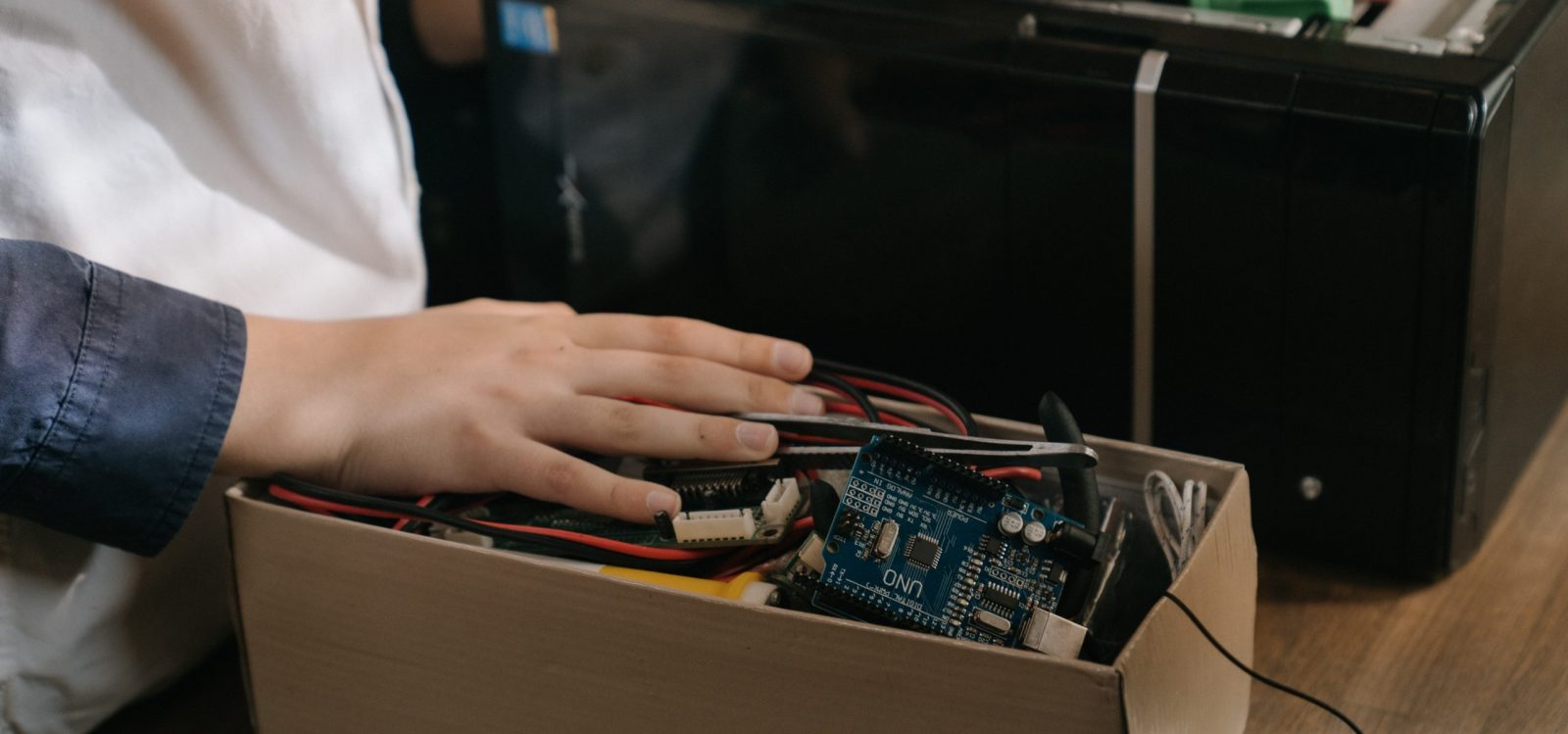
Decimal characteristic locus mapping from airway responsiveness so you’re able to chromosomes 6 and 7 inside inbred mice
These abilities, obtained by the Ewart mais aussi al
Quantitative trait locus (QTL) mapping was used to recognize chromosomal regions leading to airway hyperresponsiveness when you look at the rats. Airway responsiveness to help you methacholine try mentioned in An excellent/J and you can C3H/HeJ adult challenges along with progeny produced by crosses anywhere between such challenges. The new QTL to the chromosome 6 confirms the earlier declaration of the anyone else away from a linkage here in the same hereditary experiences; next QTL, to your chromosome seven, represents a novel locus. On top of that, we acquired effective evidence to own linkage (logarithm away from opportunity proportion = step one.7) toward chromosome 17, hence lies in an equivalent region in the past identified when you look at the a mix anywhere between A/J and you can C57BL/6J rats. Airway responsiveness when you look at the a corner anywhere between An excellent/J and you will C3H/HeJ rats was underneath the control over about several significant genetic loci, with evidence for a third locus that was in the past accused during the an one/J and you may C57BL/6J cross; it appears one several genetic points control the phrase with the phenotype.
airway hyperresponsiveness is amongst the identifying characteristics out-of asthma (1). Even though enhanced reactivity in order to numerous bronchoconstrictor agonists is actually well documented one of asthmatic people, new hereditary and you will unit elements responsible for this condition was badly realized. As well, the new biological variability from the cutting-edge phenotype (nine, 10) shows brand new contribution out of each other genetic and you can environment affects to different grade towards total phenotype.
Airway hyperresponsiveness regarding lack of government from stimulus leading to pulmonary pain, we.age., inherent hyperresponsiveness, try an attribute below genetic control (11, 12). Study away from filter systems shipment designs for intrinsic airway responsiveness resulted in the newest identification of hyperresponsive and you can hyporesponsive inbred mouse challenges. Study of such inbred strains demonstrates although there are big version for the airway responsiveness among strains, the fresh new adaptation discover in this a strain is actually less, ergo exhibiting the newest heritability on the attribute (11-13). Rats having https://datingranking.net/local-hookup/kalgoorlie/ a beneficial hyper- or hyporesponsive phenotype were used just like the progenitor strains in hereditary mapping tests so you can effortlessly select decimal attribute loci (QTLs) adding to airway hyperresponsiveness during the inbred strains out-of rats (4, 8).
Within the a survey by the Ewart ainsi que al. (8), one or two different ways out-of phenotypic study were utilized to quantitate the newest ventilation obstruction triggered from the one intravenous dosage of bronchoconstrictor acetylcholine within the progeny produced from crosses anywhere between C3H/HeJ and you can A beneficial/J mice. The original phenotype on it this new height boost in pulmonary impedance resulting out of infusion from a fixed number of acetylcholine, while the 2nd phenotype on it the fresh new airway tension in phase that have airflow so you can derive the alterations within the respiratory tract resistance due to acetylcholine infusion. Just one high linkage in order to chromosome six [logarithm away from odds ratio (LOD) = step 3.1] are discovered towards the basic phenotype; zero extreme linkages were found to the next.
QTL mapping away from backcross [(A/J ? C3H/HeJ) ? C3H/HeJ] progeny (letter = 137–227 instructional rats to have indicators checked-out) revealed several extreme linkages in order to loci towards chromosomes 6 and you may seven
(8) in their cross between C3H/HeJ and A/J mice, differed from findings by De Sanctis et al. (4) in a cross between the A/J and C57BL/6J inbred strains. In that study, they used pulmonary resistance (RL) as the phenotypic outcome measure and identified QTLs on chromosomes 2, 15, and 17. The differences in the two experiments may be due either to differences in the methods of phenotypic assessment, which were clearly shown to affect the identification of loci in the study by Ewart et al. (8), or to differences in the strains studied in each cross.
To address these issues, we now studied a cross between A/J and C3H/HeJ strains and used the change inRL after the infusion of methacholine as our outcome indicator. Our data demonstrate a polygenic mode of inheritance for airway hyperresponsiveness in the A/J and C3H/HeJ cross. We confirm the previously reported evidence of significant linkage on chromosome 6 (8) and report a novel linkage on chromosome 7 and a suggestive linkage on chromosome 17.